In the world of small electrical appliances, especially oral care devices like electric toothbrushes and water flossers, Motor Overheating and Device Overheating are two critical risks that often go hand in hand. While these issues may seem like isolated technical failures, their combined presence can pose a “double danger” that affects not only product performance but also user safety and brand reputation. So how are these two overheating phenomena related, and why should manufacturers be on high alert?
To begin, it is essential to distinguish between Motor Overheating and Device Overheating. Motor Overheating refers to the excessive temperature rise in the motor core due to prolonged use, high resistance, or mechanical friction. On the other hand, Device Overheating includes not only the motor’s heat but also the accumulation of heat in the battery, circuit board, and housing.
Although separate in origin, these two forms of overheating frequently influence each other. For example, a poorly ventilated housing may trap the heat generated by the motor, leading to widespread Device Overheating.
Common causes of Motor Overheating include:
When left unchecked, these conditions contribute directly to Device Overheating, since the heat produced by the motor spreads to nearby components. Company web: https://www.powsmart.com/product/electric-toothbrush/
Device Overheating does not merely result from the motor—it can also worsen motor conditions. Elevated housing temperatures reduce the cooling efficiency of the motor itself, accelerating insulation breakdown and magnet degradation. Furthermore:
Thus, what starts as a simple Motor Overheating issue can snowball into a systemic failure, endangering the entire device.
The consequences of simultaneous Motor Overheating and Device Overheating are serious:
Especially in international markets with strict safety regulations (such as CE or FDA requirements), overheating failures can lead to product recalls and reputational damage.
To minimize these risks, manufacturers should consider:
Regular durability and stress testing can also uncover potential overheating scenarios before mass production.
In conclusion, while Motor Overheating and Device Overheating do present a “double danger” for manufacturers, these risks are manageable with thoughtful design, strict quality control, and preventive engineering solutions. By proactively addressing both overheating sources, B2B manufacturers can offer safer, more reliable products that meet global customer expectations and regulatory standards.
Only by acknowledging this hidden danger can suppliers ensure long-term competitiveness and user satisfaction in the increasingly demanding market for smart, portable, and high-performance electrical devices.
.jpg)
.jpg)
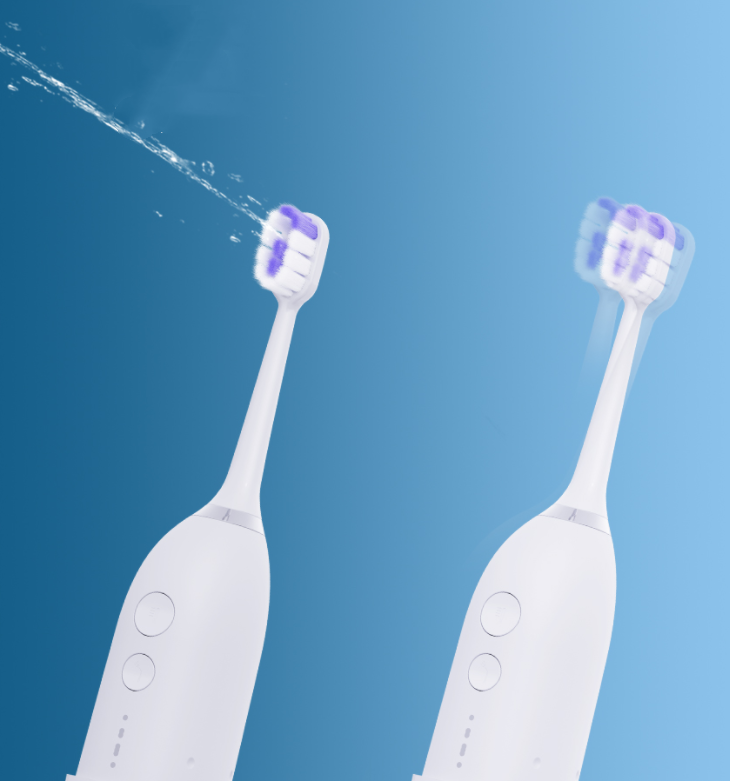
Is High-Frequency Vibration Harmful to Gums?
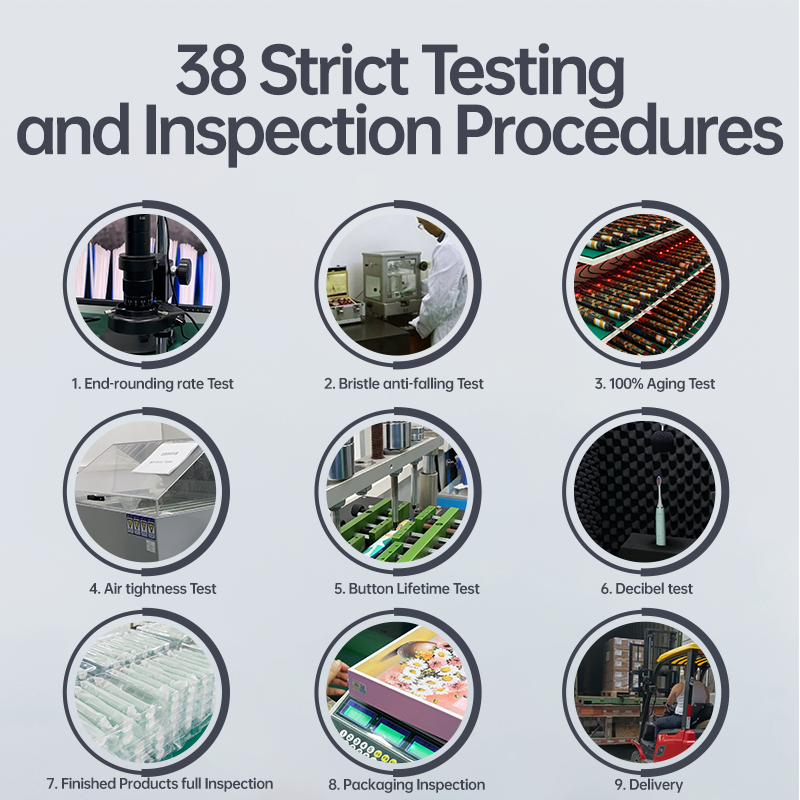
Does Bacteria Killing Ultrasonic Brush Grow Reservoir Mold?
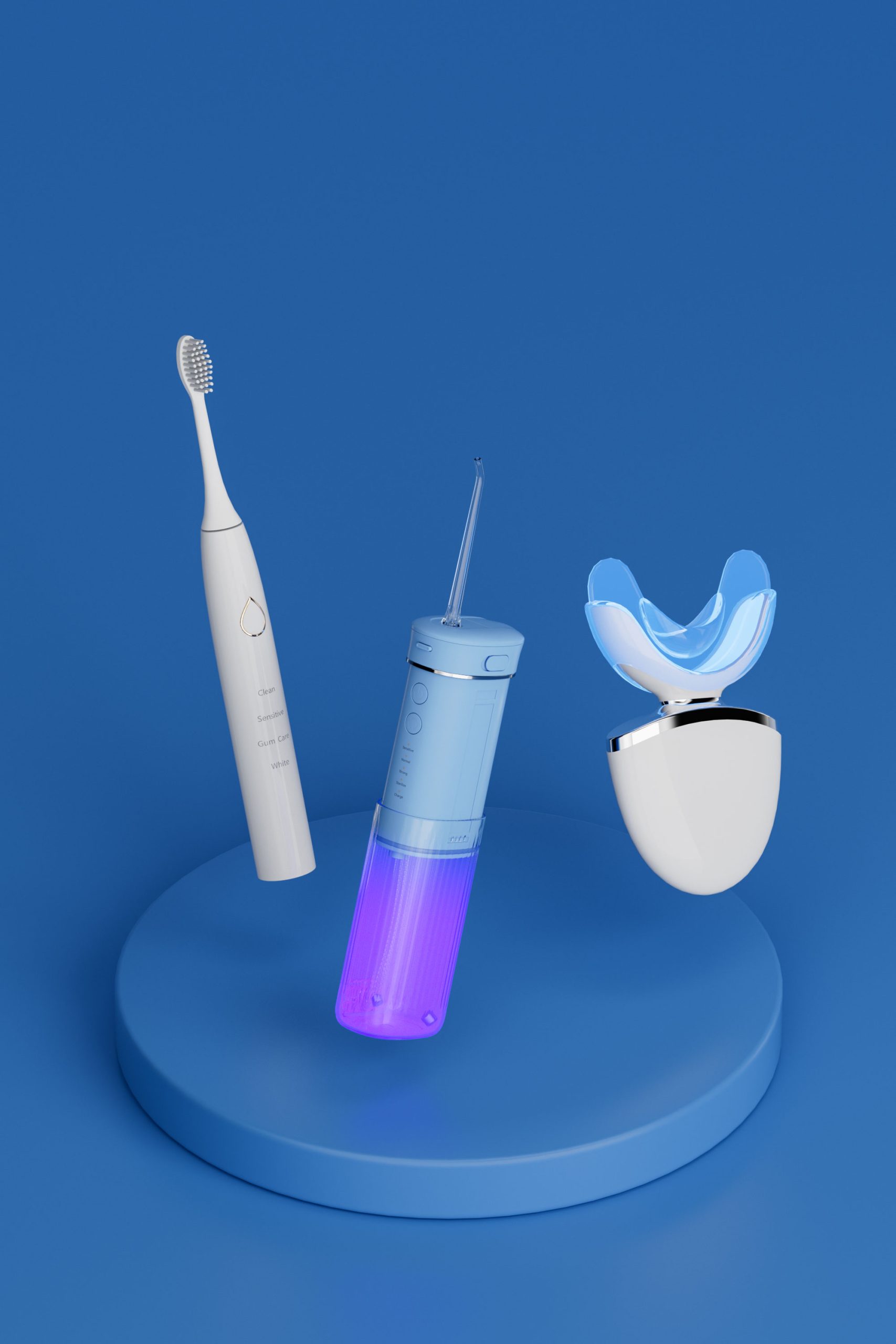
About Powsmart
How to Fix Charging Failure Plus Handle Cracking?

Electric Toothbrush + Water Flosser Combination: How Can Brand Owners Enhance Competitiveness Through This Bundle?

Oral Care Brand Expansion Guide
.jpg)
Custom Children’s Electric Toothbrush Design – Soft Bristles & Food-Grade Silicone
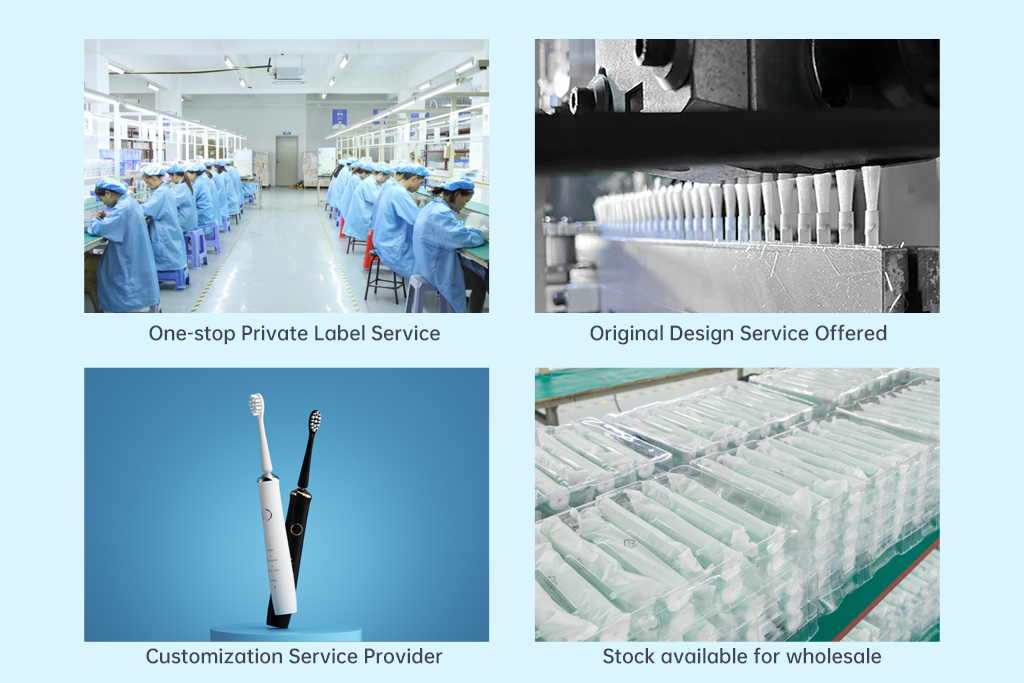
electric toothbrush factory evaluation standards- 5 Must-Read Criteria for Brand Owners
1-scaled.jpg)
How Can Brand Owners Partner with Reliable Teeth Whitening Device Factories to Create Differentiated Products?
Does Noise Increase Signal Vibration Inconsistency?

Four Core Factors Brand Owners Must Pay Attention to When Choosing Competitive Water Flossers

Is Stain Removal Rotating Brush’s Motor Corrosion a Hidden Problem?
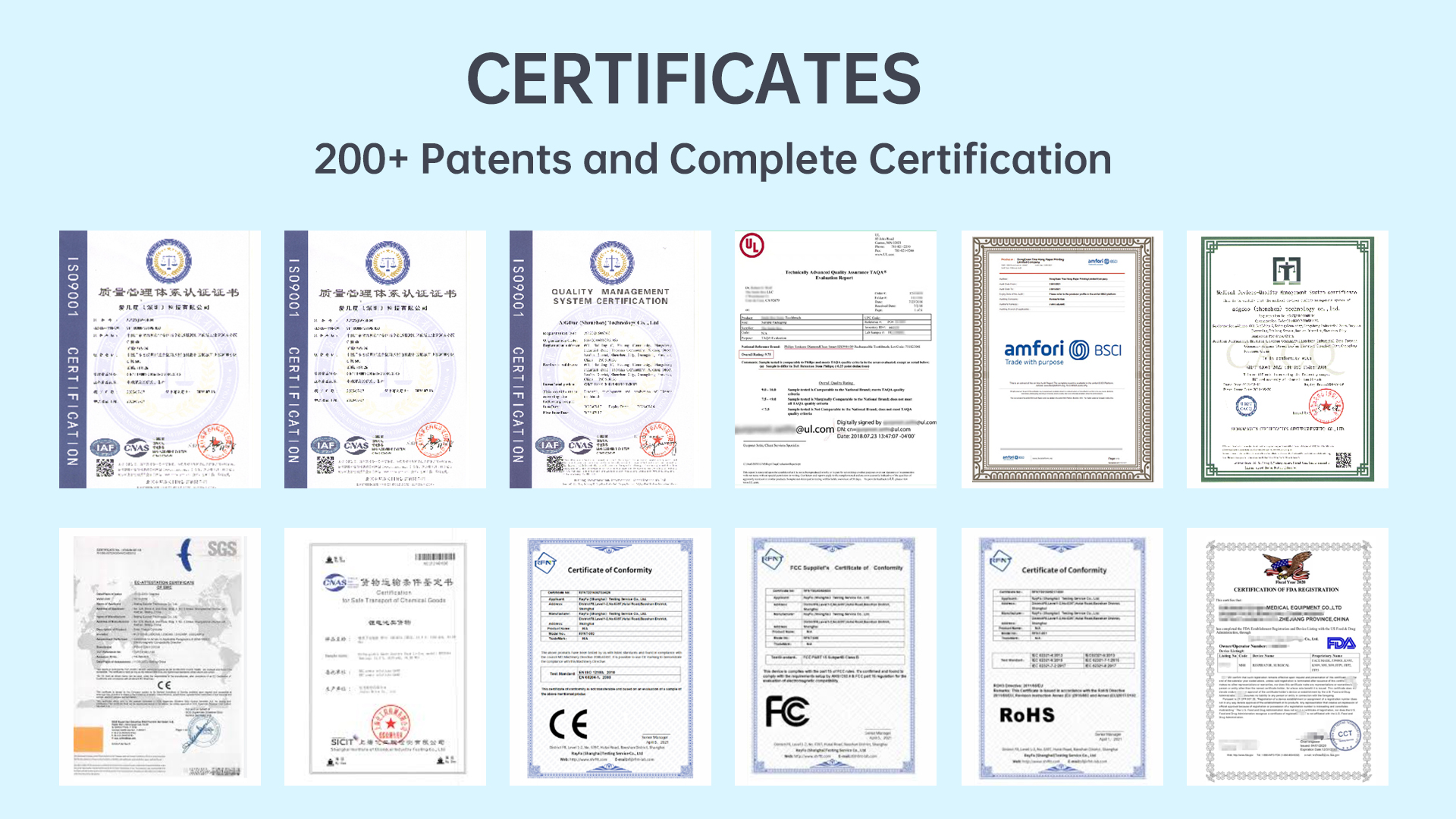
What Are the Advantages of Cooperating with FDA certificated factories?
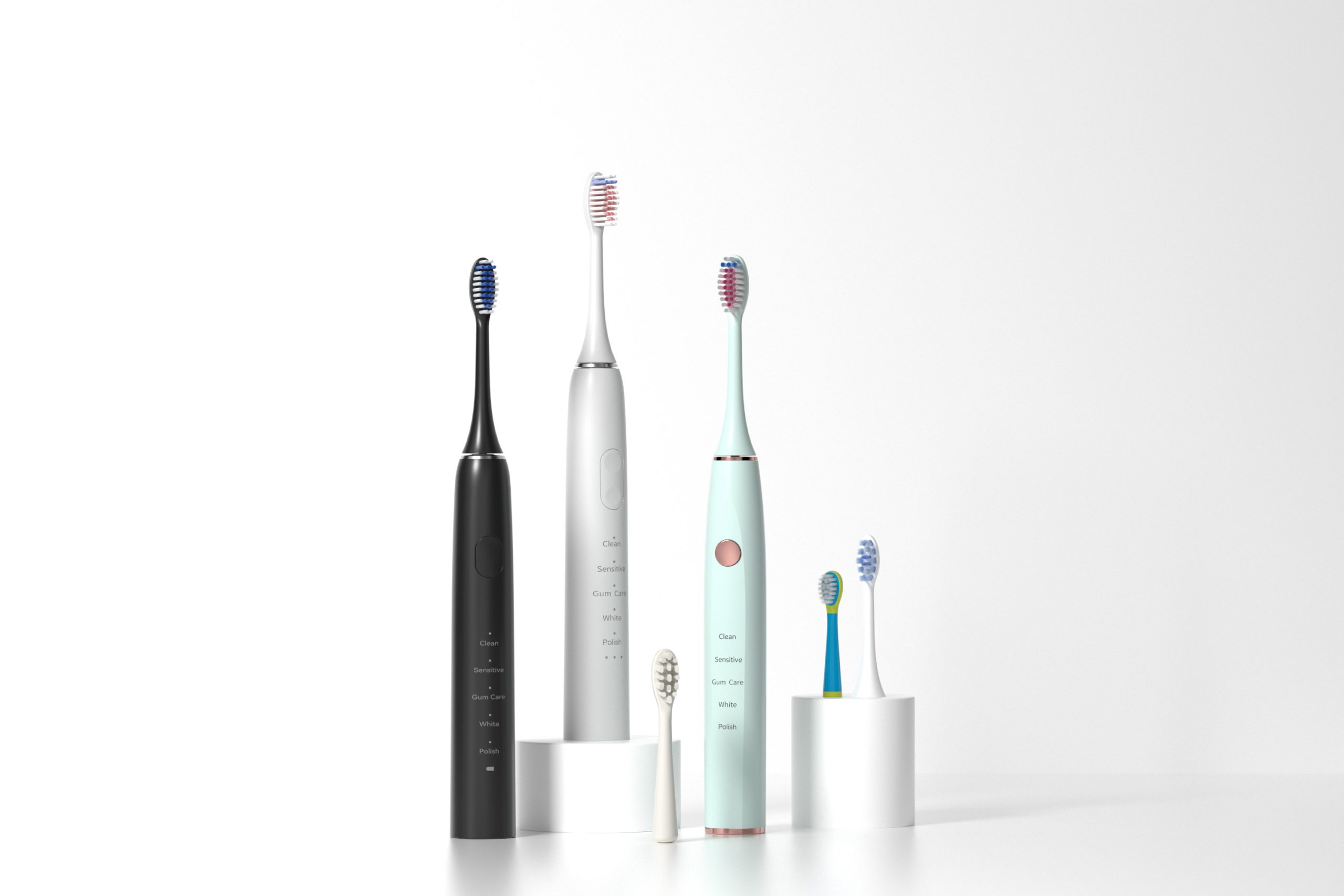
All-in-One Family Toothbrush Solution
Light Failure Resulting in Uneven Whitening – Acceptable?
Is Tooth Sensitivity with Enamel Erosion Whitening’s Side Effect?

Customization Teeth Whitening Gel

electric toothbrush heads Deep Clean

Private Label Whitening Gel

electric toothbrush heads Ultra Soft
.jpg)
Florida Electric Toothbrush – Powsmart PTR-C8

Electric toothbrush heads Charcoal Infused-Diamond

electric toothbrush heads Regular Clean

electric toothbrush heads Charcoal Infuse-Round
whstapp
whstapp
National Toll-Free Service Hotline
+86 755 86238638